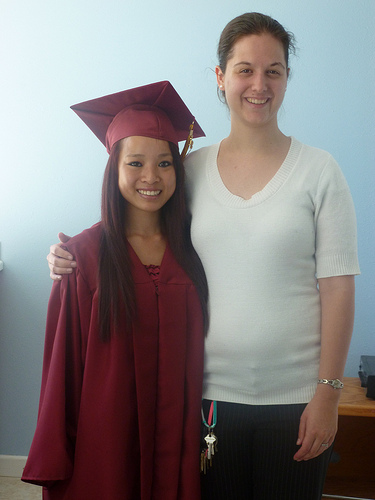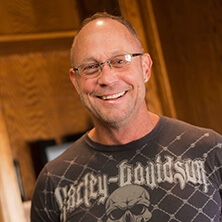
Young Student Gets Highest Test Score In The Country: See What New Method Of Teaching Facilitated This
Written by Craig Rogers, Posted on , in Section Therapy News
Our dominant model for public education is still basically rooted in the industrial revolution that spawned it. At that time workplaces valued punctuality, regularity, attention, and silence above all else. Over 40 years ago, Fortune 500 declared that the top 3 skills in demand were: “Reading, Writing and Arithmetic.” Yet recently, Fortune 500 declared that the top 3 skills in demand were: teamwork, problem-solving, and interpersonal skills. These are skills that are not being taught under the current educational model.
This past form of education may have worked satisfactorily 40 years ago, tet in today’s world it is broken. It's no wonder that the World Economic Forum ranks the U.S. just “49th out of 148 developed and developing nations in quality of math and science instruction.” What's more, almost a third of high school graduates are “not prepared academically for first-year college courses,” according to a 2013 report from the testing service ACT.
The good news is an exciting new teaching movement, called "student centered movement", could transform education and prepare our children for the demands of the future. Student-centered learning is focused on each student's interests, abilities, learning styles, and placing the teacher as a facilitator of learning. This classroom teaching method acknowledges student voice as central to the learning experience for every learner, and differs from many other learning methodologies.
The Education System May Be Broken Now, But With The Right Approach To Learning We Can Save Our Children’s Future
Joshua Davis of Wired Magazine did some terrific reporting about this subject recently. In his article he related the heartwarming example of elementary school teacher Juárez Correa of José Urbina López Primary School in Matamoros, Mexico. Correa would provide prompts by posing a challenging question to the classroom, and then step aside and watch the students teach themselves and each other. For example, he would write the following on the board, “1 = 1.00.” Normally, at this point, he would start explaining the concept of fractions and decimals. Instead he just wrote “½ = ?” and “¼ = ?” He then left the room to give them time to solve the problem as a group. Correa was surprised to see that many of his young students discovered on their own, that ½ = .5, and ¼ = .25. Through this model, he began to create ways for the children to discover their passions.
After experimenting with this model for the year, Correa had a young student receive the highest math score in the country, and ten other students with math scores that placed them in the 99.99th percentile. The results attracted a quick burst of official and media attention in Mexico.
Imagine if elements of this amazing reaching movement were integrated into the public curriculum. The following provides a few examples of why student-centered learning should be integrated into the public curriculum: It strengthens student motivation, promotes peer communication, reduces disruptive behavior, builds student-teacher relationships, and promotes discovery/active learning and responsibility for one’s own learning. This sounds much closer to the “teamwork, problem-solving, and interpersonal skills” in high demand today.
Many education innovators are succeeding outside the mainstream. But these examples, unfortunately involve only thousands of students, are the exceptions to the rule. The system as a whole educates millions and is slow to recognize or adopt successful innovation. Let's keep our fingers crossed and awareness elevated for this teaching movement for the sake of our children and our posterity.
